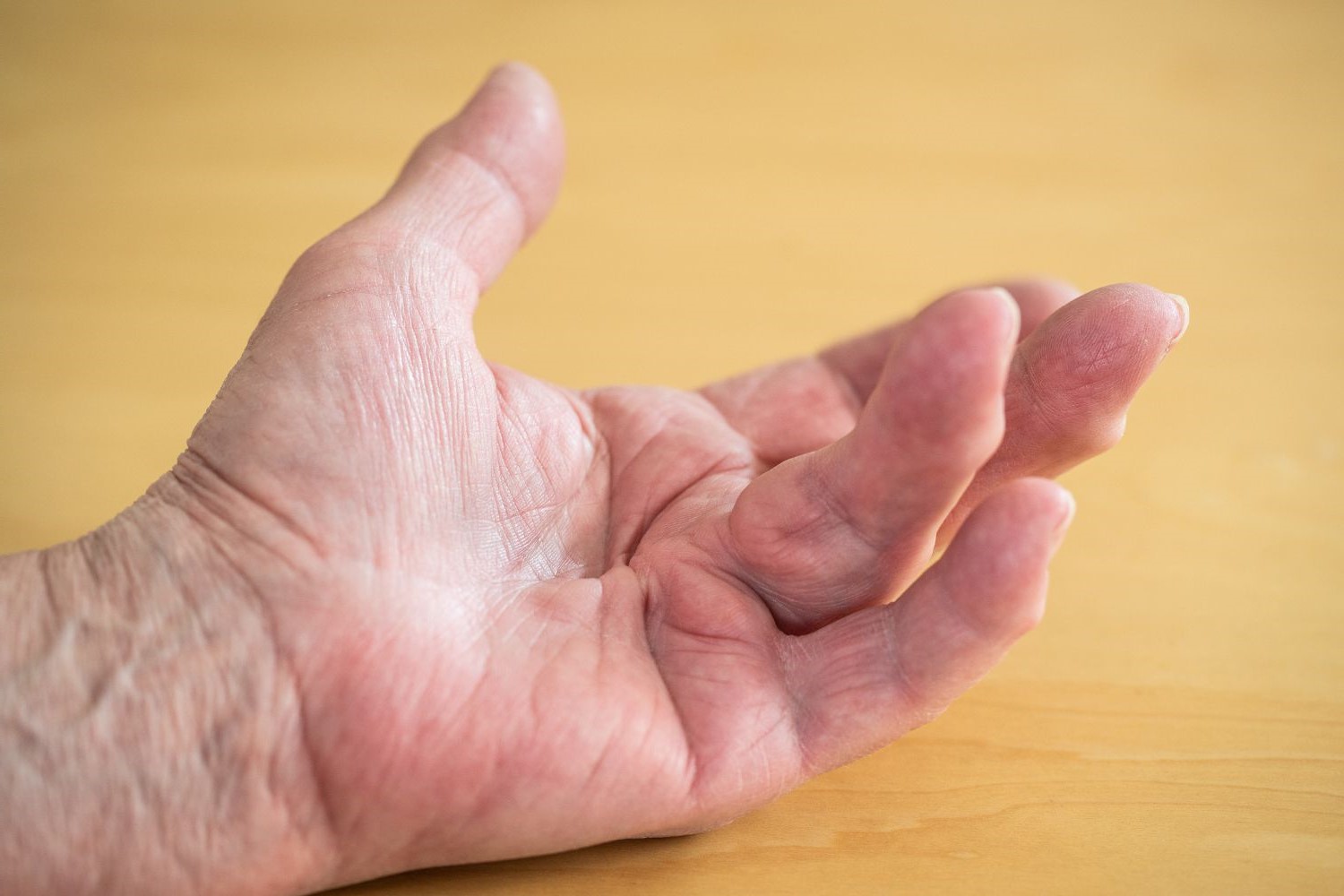
Dupuytren's Contracture might sound like a mouthful, but understanding it can be straightforward. This condition affects the hand, causing fingers to bend towards the palm, making it hard to straighten them. Dupuytren's Contracture usually starts with small lumps or nodules under the skin of the palm. Over time, these nodules can form thick cords that pull fingers into a bent position. It's more common in older adults, especially men, and can run in families. While not typically painful, it can limit daily activities like shaking hands or picking up objects. Treatments range from exercises and injections to surgery, depending on severity. Curious about more details? Keep reading to uncover 15 intriguing facts about Dupuytren's Contracture!
What is Dupuytren's Contracture?
Dupuytren's Contracture is a hand condition affecting the connective tissue under the skin of the palm. This condition can cause fingers to bend inward, making it difficult to straighten them. Here are some intriguing facts about this condition.
-
Named After a Surgeon
Dupuytren's Contracture is named after Baron Guillaume Dupuytren, a French surgeon who first described the condition in 1831. -
Common in Northern Europeans
This condition is more prevalent among people of Northern European descent, particularly those from Scandinavian countries. -
Genetic Link
There is a strong genetic component. If a family member has it, there's a higher chance you might develop it too.
Symptoms and Diagnosis
Understanding the symptoms and how Dupuytren's Contracture is diagnosed can help in early detection and management.
-
Nodules in the Palm
Early signs include small lumps or nodules in the palm, which may feel tender initially but usually become painless over time. -
Finger Contracture
As the condition progresses, cords of tissue form under the skin, causing one or more fingers to bend towards the palm. -
Limited Hand Function
Severe cases can significantly limit hand function, making everyday tasks like gripping objects or shaking hands difficult.
Risk Factors
Certain factors can increase the likelihood of developing Dupuytren's Contracture.
-
Age Factor
Most commonly affects people over the age of 50. -
Gender Predominance
Men are more likely to develop this condition than women. -
Lifestyle Choices
Heavy alcohol consumption and smoking are linked to a higher risk of developing Dupuytren's Contracture.
Treatment Options
Various treatment options are available, ranging from non-invasive methods to surgical interventions.
-
Needle Aponeurotomy
A minimally invasive procedure where a needle is used to break the cords of tissue causing the contracture. -
Collagenase Injections
Enzymes are injected to dissolve the tough tissue, allowing the fingers to straighten. -
Surgical Release
In severe cases, surgery may be necessary to remove the affected tissue and restore hand function.
Living with Dupuytren's Contracture
Managing life with Dupuytren's Contracture involves adapting to changes and seeking appropriate treatments.
-
Physical Therapy
Post-treatment physical therapy can help regain hand strength and flexibility. -
Adaptive Tools
Special tools and gadgets can make daily tasks easier for those with limited hand function. -
Support Groups
Joining support groups can provide emotional support and practical advice from others experiencing the same condition.
Understanding Dupuytren's Contracture
Dupuytren's Contracture affects many, yet remains misunderstood. This condition causes the fingers to curl inward due to thickened tissue in the palm. It's not just an aging issue; genetics play a big role. Men over 50 are more likely to develop it, but women aren't immune. Early signs include lumps or pits in the palm. While there's no cure, treatments like enzyme injections, needle aponeurotomy, and surgery can help manage symptoms. Stretching exercises might slow progression. Knowing these facts empowers those affected to seek timely medical advice. Staying informed about Dupuytren's Contracture can make a significant difference in managing this condition. Keep an eye on your hands and consult a doctor if you notice any changes. Awareness and early intervention are key to maintaining hand function and quality of life.
Was this page helpful?
Our commitment to delivering trustworthy and engaging content is at the heart of what we do. Each fact on our site is contributed by real users like you, bringing a wealth of diverse insights and information. To ensure the highest standards of accuracy and reliability, our dedicated editors meticulously review each submission. This process guarantees that the facts we share are not only fascinating but also credible. Trust in our commitment to quality and authenticity as you explore and learn with us.


